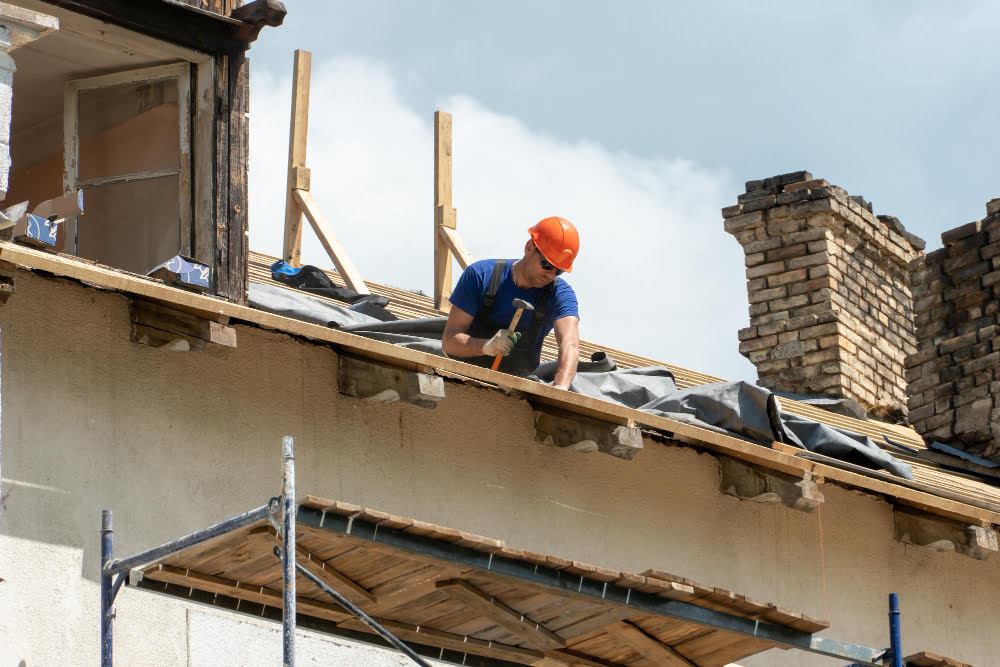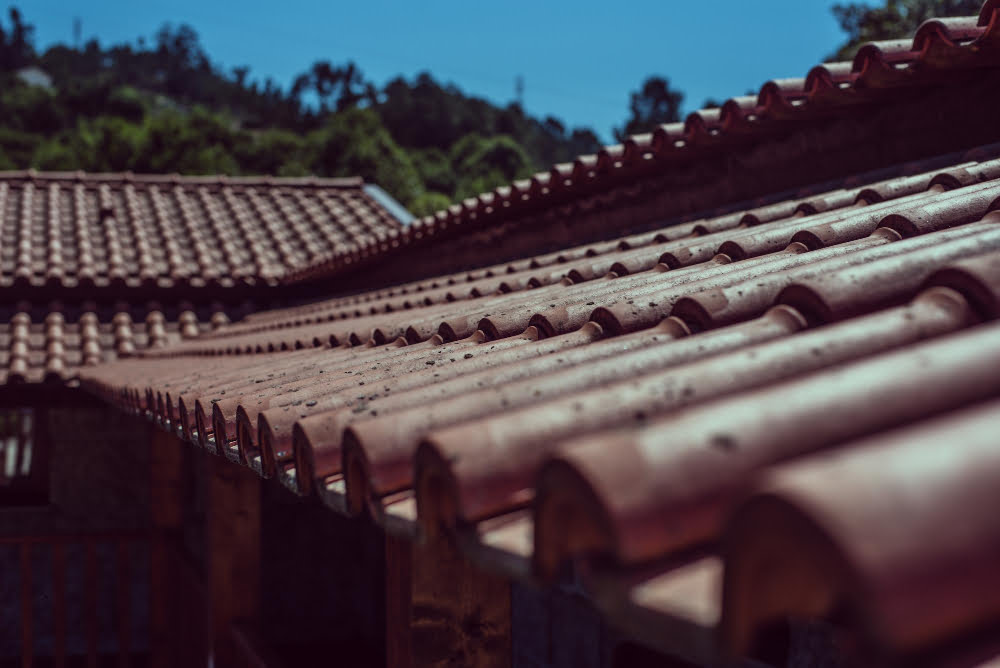Last updated on
If you’re a homeowner, you know all too well the sometimes-draining maintenance involved with keeping your home up and running. One area that often involves repair is the roof – and unfortunately, many homeowners find themselves confused as to how to deal with a leak in their roof.
Fear not- we’ve developed this helpful troubleshooting guide for when leaks occur so that you can identify the cause of your leak and have peace of mind knowing how to address it! So if you want tips on preventive maintenance or quick fixes within each step of identifying a potential issue with your roof, read on!
Work with Local Roofers

When dealing with roof leaks, don’t hesitate to consult local roofers. They possess the expertise and experience to assess the severity of your roof issues and provide effective solutions. These experts can identify the root cause of leaks that may not be apparent to the untrained eye.
Whether you need roofing services in Orlando or Atlanta, local roofers can provide tailored solutions to fit your specific needs. This not only gives you peace of mind but can also save you time and money in the long run. Just make sure to do your research and choose a reputable roofer with a proven track record of quality work.
DIY Inspection 101
Before calling the professionals, it’s best to do a thorough inspection of your roof yourself. This can help you identify potential issues and give you a better understanding of the problem when discussing it with the roofer. Some things to look out for include missing or damaged shingles, cracks in the flashing, and clogged gutters. It’s also important to take note of any areas where water may be pooling, as this can indicate a problem with the roof’s drainage.
Common Culprits

While roof leaks can occur due to various reasons, some common culprits tend to cause the majority of the issues. Age is the first major factor – as roofs get older, they become more susceptible to leaks. Next, weather plays a critical role; heavy rains, high winds, and severe storms can lead to leaks by causing damage to your roof. Improperly installed skylights or chimneys can also create leak-prone weak spots.
Lastly, poor maintenance is a significant contributor to roof leaks. Neglecting regular inspections and necessary repairs can quickly turn minor issues into major leaks. Understanding these common culprits can help you prevent potential leaks and address any existing issues more effectively.
Immediate Action
If you identify a leak in your roof, immediate action is necessary to prevent further damage to your home. Start by controlling the interior damage as much as possible. Place a bucket or any other container under the leak to catch water and use a sponge or towel to wipe away any water that has splashed around. Once the area is dry, use a fan to help keep it that way.
This temporary solution can help minimize the damage until professional help arrives. Meanwhile, for your safety, avoid climbing onto a wet roof to fix the problem yourself. Instead, call a professional roofer immediately for a thorough inspection and repair. Remember, quick action can save your home from severe water damage and costly repairs.
Flashing and Sealant Repair
Damaged flashing is often a primary suspect for roof leaks. Flashing refers to the pieces of metal that are installed where the roof meets a vertical surface such as a wall or a dormer. These sections are prone to leaks because they can easily collect water if not properly sealed. When inspecting for leaks, look for signs of rust or breaks in the flashing.
If you detect any issues, flashings can often be repaired or replaced fairly easily. The process typically involves removing shingles around the affected area, taking out the old flashing, and installing a new piece. Fresh sealant should be applied to ensure a watertight finish.
For homeowners who are comfortable with DIY repairs, this can be a manageable task. However, if you’re not comfortable performing this repair yourself or if the damage is extensive, it’s always best to hire a roofing professional. They will have the necessary skills and equipment to handle the job safely and efficiently. Remember, a quick and proper repair can prevent further, more costly damage to your home.
The Takeaway
Dealing with a leaky roof can be stressful, but it’s important to remember that prompt action and proper maintenance can prevent major issues from arising. By working with local roofers, performing DIY inspections, understanding common culprits, taking immediate action, and properly repairing damaged flashing and sealant, homeowners can successfully troubleshoot and fix any leaks in their roofs. We hope this guide has given you the knowledge and confidence to tackle any roof leak that may come your way!
Recap:



